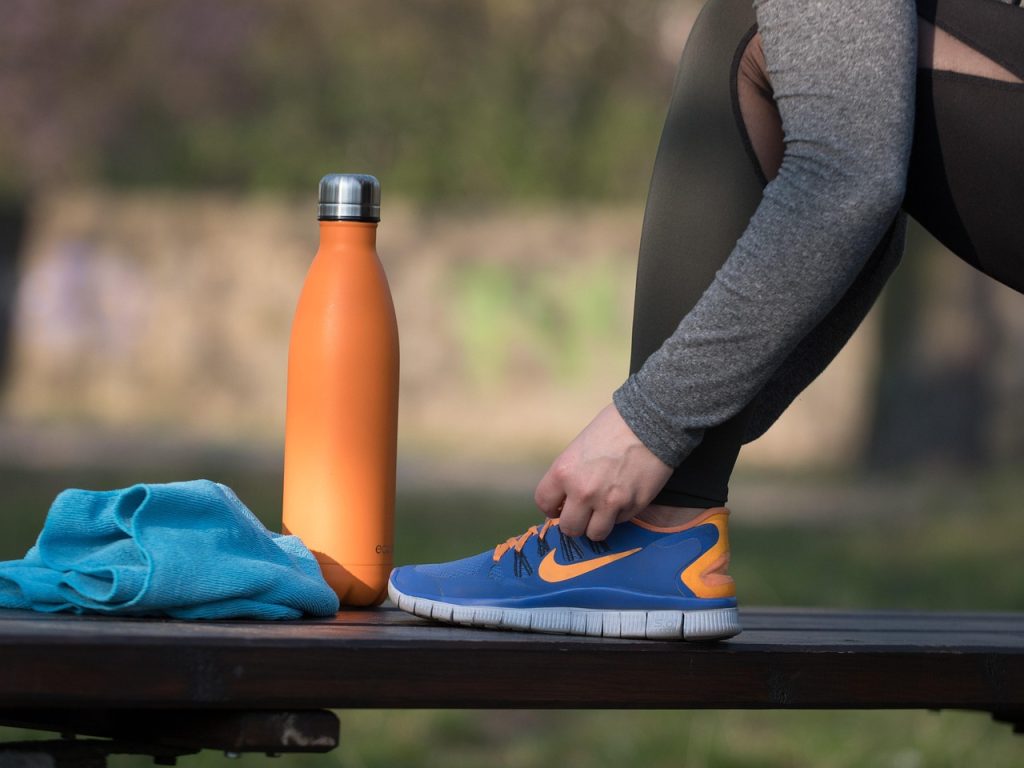Trim Patch & Weight Loss – Hype, Hope, or Hard Pass?
What a “Trim Patch” Actually Is
A trim patch is a small adhesive square you stick on your skin. It sits in the same family as nicotine or HRT patches – the transdermal route. Makers say the patch releases “actives” that bypass the gut and reach the bloodstream. The promises are familiar: fewer cravings, faster metabolism, weight loss while you sleep. Honestly – that’s a tidy story with little hard proof behind it. Clinical guidance says there’s no robust evidence that over-the-counter slimming patches cause meaningful, sustained weight loss.
The Evidence – What We Know and What We Don’t
Let’s separate marketing from data. Medical sites reviewing the field are blunt: there are no good human trials showing that generic weight loss patches work. None that are peer-reviewed, randomised, and adequately powered. That’s the minimum for confidence.
How Transdermal Delivery Works – and Where It Struggles
Transdermal drug delivery is real medicine. Nicotine, oestrogen, and pain medicines use it well. But getting sizeable, plant-based molecules through the skin barrier is hard. Recent reviews describe the workarounds – enhancers, microemulsions, microneedles – and still emphasise the limits, the variability, and the need for better standards. That’s a long way from a cosmetic patch that claims to burn fat.
Do Weight-Loss Patches Work?
Short answer – not on the evidence we have. Consumer health sources that survey the literature highlight a lack of peer-reviewed, adequately powered human trials for slimming patches. Without randomised trials and measured outcomes, you cannot claim reliable weight loss.
What Regulators and Watchdogs Say
When patches have promised dramatic loss, regulators have stepped in. The US Federal Trade Commission has banned sellers and fined marketers for unsubstantiated “diet patch” claims – and keeps warning the public about red-flag weight-loss ads. That history matters; it tells you how shaky these claims have been.
The US Food and Drug Administration also flags a wider problem: weight-loss products sold online are often contaminated or mislabelled, and some vendors now trade on “GLP-1” buzz with unapproved formulations. The agency urges people to avoid unapproved or misbranded products sold direct to consumers. If a site hints at GLP-1-like effects in a patch, be sceptial.
What Trim Patch Reviews Say
You asked about public sentiment. As of today, the Trustpilot page shows a low “Bad” TrustScore with fewer than a few dozen reviews. Read the comments yourself; they are mixed to negative and raise issues about results. Reviews are not clinical data – but they are a temperature check. Also remember: review ecosystems can be noisy and sometimes gamed. Treat any star rating as one input, not the final word.
What Actually Works Long-Term
Let’s keep it practical. Sustainable weight change comes from a stack of small levers – not a single gadget. NHS-style basics endure because they work across many people and contexts.
Focus on the fundamentals
- A regular eating pattern with enough protein, fibre, and minimally processed foods.
- Calorie awareness without obsession – gentle deficit, measured over weeks.
- Movement most days – brisk walking, resistance work, something you don’t hate.

Layer in Support Where Appropriate
- Behavioural tools for stress, sleep, and emotional eating.
- Discuss approved medications if BMI and risk justify them – GLP-1s, for example, are prescription-only and backed by trials.
- Health checks for thyroid, medications that drive weight, or other conditions.
Why Patches Keep Selling Anyway
Patches promise three things: no pills, no injections, no effort. They also use science-like language – “thermogenesis”, “bioavailability”, “hormone support”. The fine print rarely shows dose delivered to blood, changes in appetite hormones, or weight outcomes in humans. You get anecdotes and before-after photos instead of trials. The internet loves a tidy miracle; biology does not.
Where “Trim Patches” Might Fit – If at All
If you use a patch as a reminder – a daily nudge to choose a walk over a snack – fine. Just don’t outsource the work to an adhesive square. The likely effect, based on current evidence, is small to none. If a product claims “lose weight while you sleep” or “GLP-1 benefits without a prescription”, be sceptical. Honestly – save your money for decent food and good shoes.
Bottom Line
Trim patches offer a neat story – stick, forget, slim. The science doesn’t back it. If you choose to experiment, do so with eyes open and expectations low. Better yet, spend your effort where the return is proven – a workable food plan, movement you can repeat, and, if appropriate, licensed treatments discussed with a professional. That’s not a catchy slogan. It’s how people actually keep weight off.
